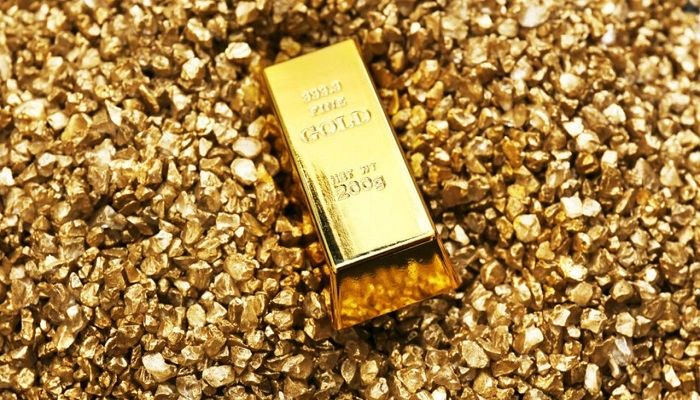Precious metals trading involves buying and selling gold, silver, platinum, and palladium on various markets, including spot, futures, options, and ETFs. Here’s an overview of each metal:

- Gold:
- Trading symbol: XAU
- Most widely traded precious metal
- Often used as a hedge against inflation and market volatility
- Silver:
- Trading symbol: XAG
- Second most widely traded precious metal
- Used in industrial applications, jewelry, and coins
- Platinum:
- Trading symbol: XPT
- Rarer than gold and silver
- Used in jewelry, catalytic converters, and petroleum industry
- Palladium:
- Trading symbol: XPD
- Rarest and most volatile precious metal
- Used in catalytic converters, jewelry, and hydrogen fuel cells
Trading strategies:
- Trend following: Identifying and following long-term price trends
- Range trading: Buying and selling within established price ranges
- Breakout trading: Trading on price breakouts above or below established levels
- Hedging: Reducing risk by taking positions in precious metals to offset potential losses in other investments
Key factors influencing precious metals prices:
- Supply and demand
- Central bank policies
- Economic indicators (e.g., GDP, inflation)
- Geopolitical events
- Currency fluctuations
Benefits of precious metals trading:
- Diversification
- Potential for high returns
- Liquidity
- Hedging opportunities
Risks in precious metals trading:
- Price volatility
- Market fluctuations
- Liquidity risks
- Counterparty risks
To succeed in precious metals trading, it’s essential to:
Monitor and adjust positions regularly
Stay informed about market trends and news
Develop a trading strategy
Manage risk effectively












